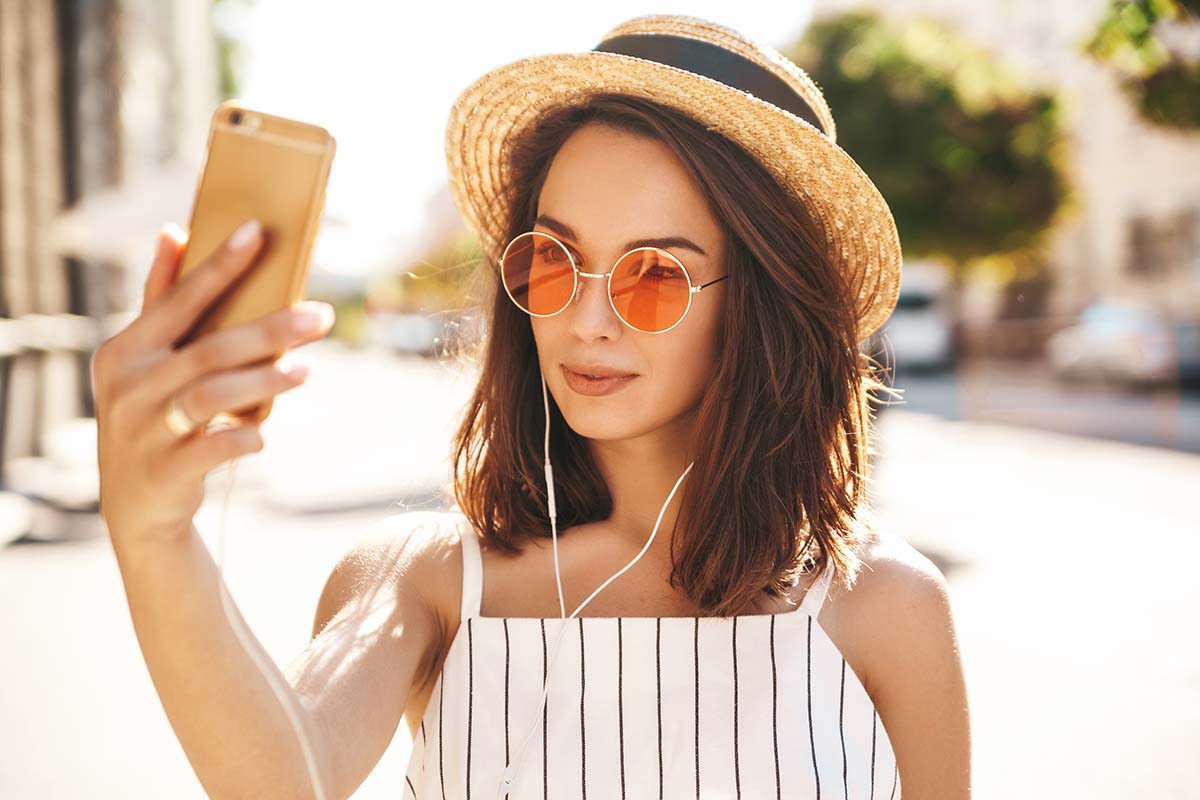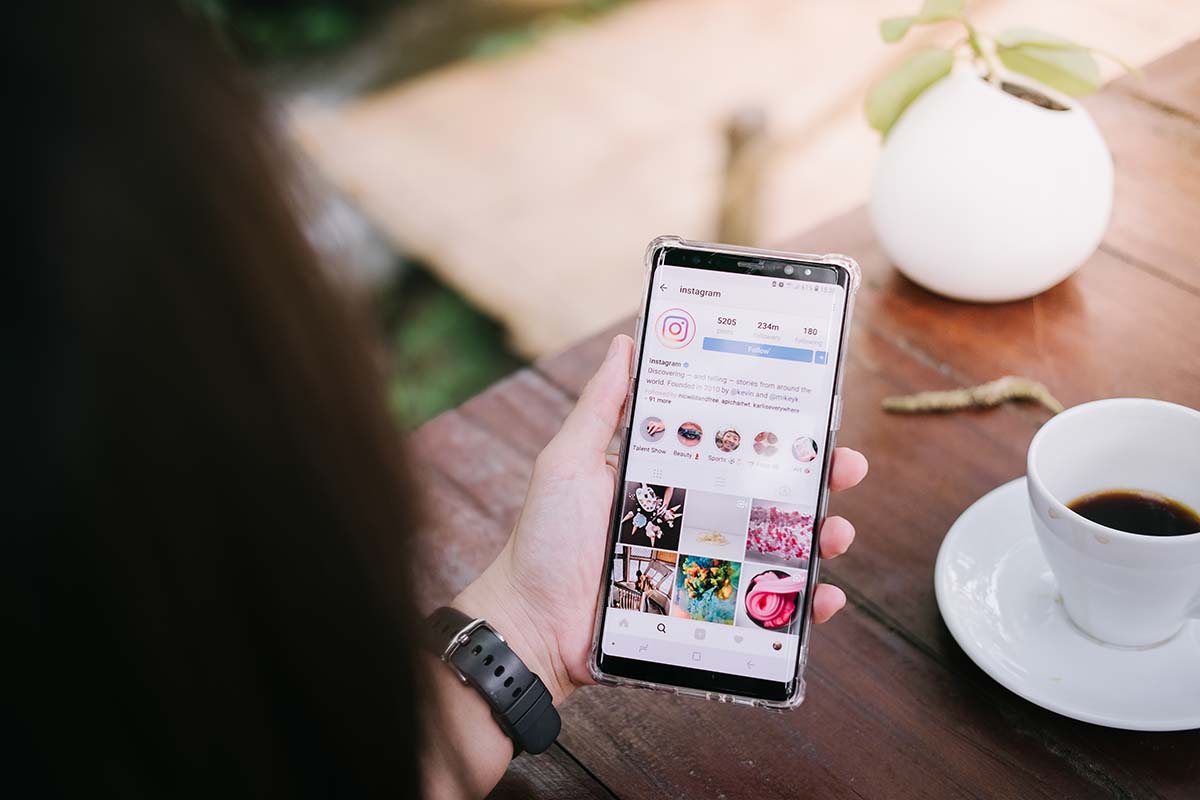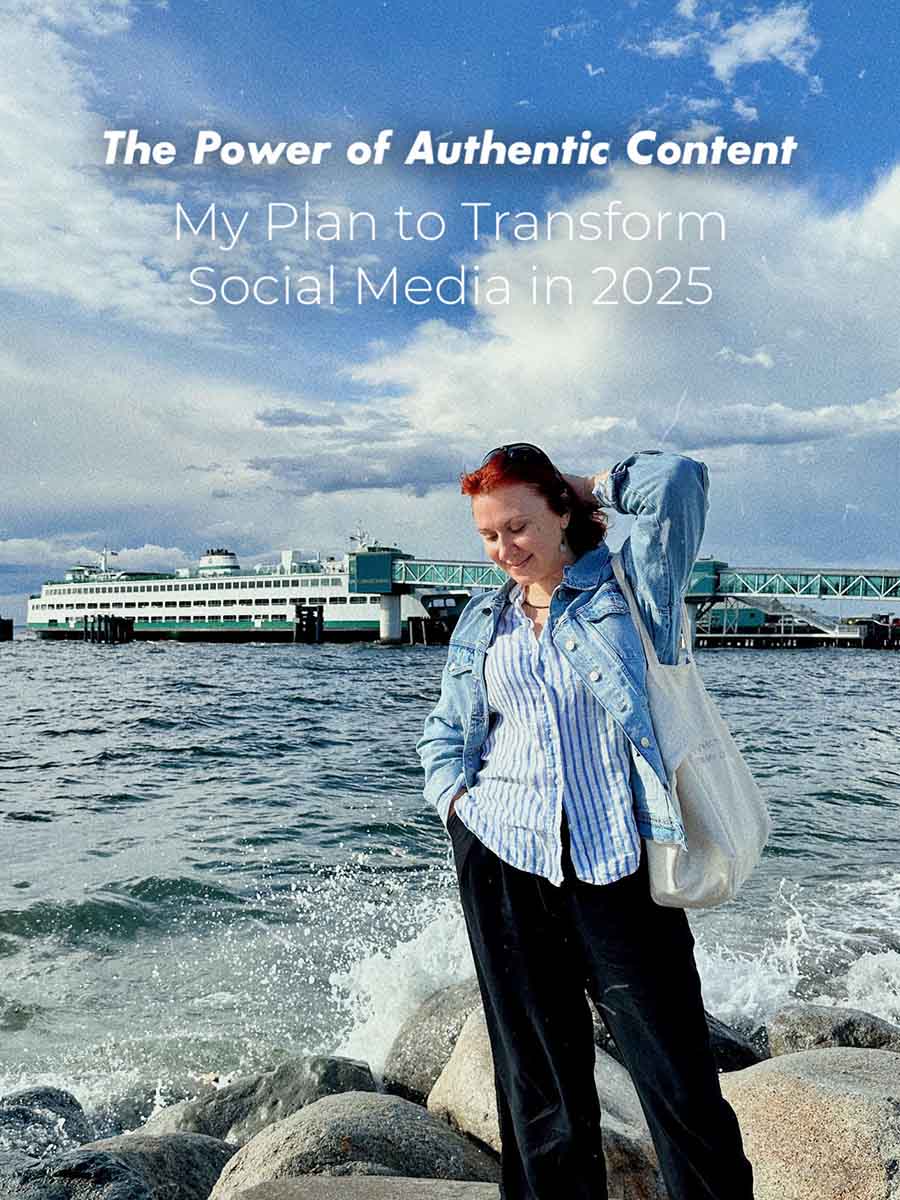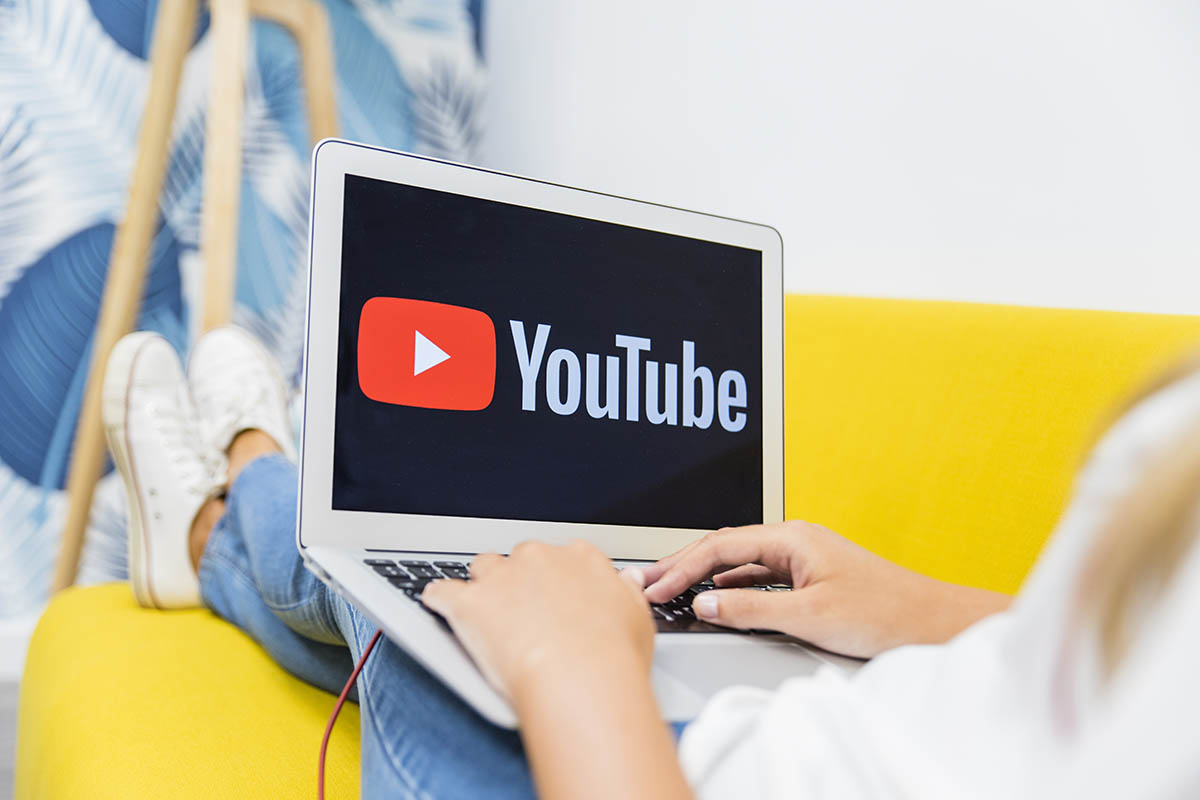Instagram Influencer Marketing Boom
Influencer marketing has long been a powerful tool, but in 2025, it’s bigger, smarter, and more essential than ever.
With AI-driven content creation, hyper-niche communities, and interactive experiences taking over, brands are no longer just sponsoring influencers—they’re co-creating with them.
Instagram now has over 500,000 active influencers, and thanks to features like shoppable posts, AI-powered recommendations, and interactive storytelling (think AR filters & AI-generated influencers), influencer campaigns are seeing higher engagement and ROI than traditional ads.
If your business isn’t leveraging influencers on Instagram yet, you’re missing out on one of the most cost-effective, trust-driven marketing strategies.
Brands are pouring more money into influencer collaborations than ever before, and here’s why Instagram influencer marketing isn’t slowing down anytime soon.
What Is Instagram Influencer Marketing?
Influencer marketing can be defined as a kind of marketing that promotes a brand to a bigger audience by using influencers.
Influencers are people who have the power to influence others’ purchasing decisions.
Some influencers are celebrities or social media stars, while others are well-known for being experts in their field.
What does this look like in practice?
Here’s an example from YouTuber and influencer Summer McKeen, who partnered with Coach around the holidays.
Summer shared product shots of Coach’s newest product, encouraging her followers to buy one for themselves.
Instagram Influencer marketing works. The influencer industry is projected to be worth $13.8 billion by this year.
Ninety percent of marketers and brands think influencer marketing is effective.
And 67% of brands use Instagram for influencer marketing, making this social media platform the most popular place to partner with influencers.
So it’s clear that brands need to sit up and take notice of the influencer industry.
Four Major Reasons Why Instagram Influencer Marketing Will Continue to Grow

Influencer marketing is a major Instagram trend right now — and from where we’re standing, it’s clear this type of marketing will only continue to grow. Here are four reasons why:
Influencer Marketing Puts Video First
Instagram users love watching videos, so influencers who post videos can rack up the engagement.
Eighty-five percent of Internet users in the United States watch video content monthly, and more and more customers are asking for video content from their favorite brands.
So as more influencers share IGTV videos and Instagram Reels, consumers are satisfied with the content they want, and engagement and sales go up.
For example, YouTuber Jeanine Amapola shared her favorite new Fabletics pieces in this Reel.
By posting a video instead of photos, she gave her followers a better idea of how the pieces looked on her and moved with her body.
In addition to posting the Reel, Jeanine also shared a full haul of the new products on her Instagram Story.
Micro-Influencers Are On The Rise
Nowadays it is very easy to find the right person for your influencer marketing campaign.
Many influencer marketing platforms like Humanz, Upfluence, and Grin let businesses find the right influencer for their products.
These platforms have databases of influencers of different fields.
Depending on your niche and product your choice might vary from nano to macro-influencers.
For instance, if you own a local business and need to promote your product it would be better to choose micro-influencers as their main followers are from their own town
Micro-influencers have a smaller following — usually a maximum of 50,000 followers, and sometimes as few as 1,000-3,000.
Working with micro-influencers is a smart idea for brands because micro-influencers often target a more specific niche.
That means their followers are more engaged — they followed that influencer to see content based around that niche.
So if you can find a micro-influencer who’s in the same niche as you, your brand has the potential to win big by launching a campaign together.
Grace @gracesurguy slides in just under the cutoff with 44,000 Instagram followers.
As a style blogger, Grace works with fashion brands to expose their offerings to a larger audience (an audience that’s highly interested in the latest fashion trends).
In this recent post, Grace partnered up with a shopping outlet near her home in the UK, showcasing some products she found to encourage her followers to try out the outlet, too.
Increase In Performance-Based Influencer Marketing Campaigns

In a traditional influencer marketing campaign, the brand pays the influencer upfront before the campaign even begins.
However, with performance-based campaigns, the brand isn’t required to pay the influencer until after the campaign is complete.
Instead, marketers measure the campaign’s success by tracking metrics like web traffic, clicks, and conversions in a set period of time.
For instance, Hallo could track how many people signed up for its service using the link in YouTuber Kiara Madisen’s bio:
What are the benefits of this model? First, it encourages brands to invest in long-term relationships with influencers rather than running one-off campaigns.
Brands learn that in most cases, they’ll see much better responses from running multiple promotions with the same influencer instead of just scheduling a single sponsored post and then moving on.
Performance-based campaigns are highly effective and often help brands see a better ROI.
Because of this, performance-based campaigns will help influencer marketing continue to grow.
Virtual Influencers Get More Engagement
Virtual influencers are the latest addition to the influencer marketing industry, helping the industry grow by leaps and bounds.
These influencers aren’t real people.
Instead, they’re computer-generated fictional characters that have their own Instagram accounts to document their pretend lives.
Virtual influencers are created by brands and/or individuals that use their photo editing skills to create a lifelike feel for each character.
At first glance, you might not even notice that the character isn’t real!
(Shown below: @lilmiquela, who has three million Instagram followers and was created by a Los Angeles startup named Brud.)
Virtual influencers have many of the same benefits for brands as “real” influencers. In fact, in some ways, they might even have more.
One report showed that virtual influencers have followers who are almost three times more engaged than the followers of regular influencers.
Virtual influencers also allow more flexibility for brands.
While virtual influencers don’t have the personal touch of real influencers, this new type of influencer is currently rising.
It is important to note that virtual influencers need to comply with FTC regulations.
The FTC (Federal Trade Commission) has particular guidelines that dictate how influencers need to disclose sponsorships to their followers.
The guidelines explain that influencers can’t simply assume their followers already know about a brand partnership.
Any sponsored or endorsed post needs to include a clear statement notifying followers of what’s happening.
With virtual influencers, the same rules apply. But as long as you’re upfront about any sponsorships, your brand is good to go.
The rising popularity of virtual influencers is one reason why influencer marketing will continue to grow.
Get On Top Of Instagram Influencer Marketing
Between video content, micro-influencers, virtual influencers, and performance-based campaigns, influencer marketing on Instagram have many things going for it.
As these components continue to help the influencer industry grow, brands will need to jump on board wholeheartedly to get left behind.
So start using Instagram influencer marketing to grow your business today!




















